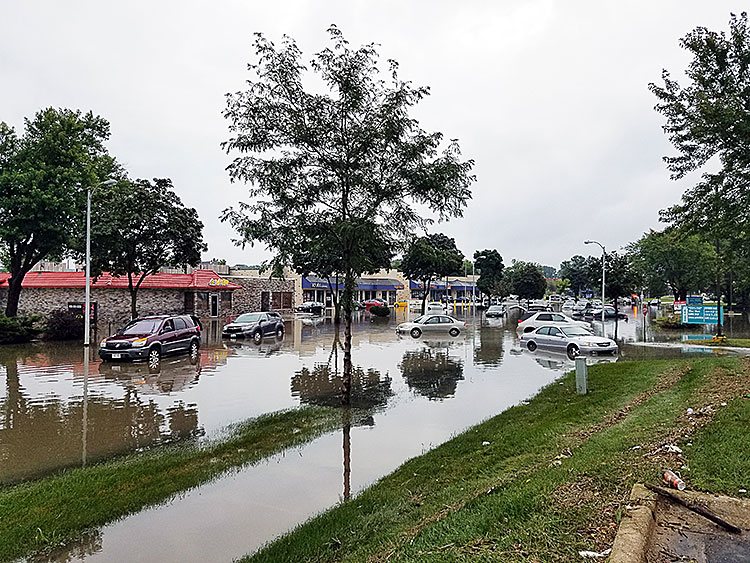 Meeting at its annual conference in Washington, D.C., the National Association of Counties (NACo) on Saturday voted to urge the U.S. Army Corps of Engineers and White House Office of Management and Budget to use a more holistic approach emphasizing the risks to low- income and agricultural communities in determining the benefits of federal investments for protection for areas at risk for flooding.
Meeting at its annual conference in Washington, D.C., the National Association of Counties (NACo) on Saturday voted to urge the U.S. Army Corps of Engineers and White House Office of Management and Budget to use a more holistic approach emphasizing the risks to low- income and agricultural communities in determining the benefits of federal investments for protection for areas at risk for flooding.
In a proposal brought forth by Santa Cruz County Supervisor Zach Friend and Monterey County Supervisor John Phillips, NACo adopted an interim resolution that asks federal agencies to more equitably determine the costs and benefits of flood control projects in communities such as the Pajaro Valley, which has inadequate flood-control protection in part due to federal funding formulas that favor high-income, high-value communities.
“The interim resolution is a vote of support by the nation’s largest organization representing counties for communities such as the Pajaro Valley, which live in constant fear of flooding but have been left unprotected due to their economic status,” Friend said. “This is an important step forward not just for the Pajaro Valley, but for all low-income communities living in the shadow of inadequate flood protection.”
“Communities on both sides of the Pajaro River deserve to live with the security of knowing their lives and properties are protected to the greatest extent possible,” Phillips said. “We hope this is a step toward seeing federal action on measures to improve flood protection along the Pajaro River.”
Due to insufficient federal funding, the U.S. Army Corps lacks necessary resources to address a backlog of projects and is forced to prioritize projects in a manner that devalues agricultural and low-income properties.
In the Pajaro Valley, the Army Corps’ cost-benefit analysis has prevented the initiation of proposals to improve flood defenses, leaving residents and businesses without access to necessary resources to improve their properties and perpetuating poor economic conditions in the region. The resolution was joined by Navajo County (Ariz.), which experiences similar issues.
•••
Originally constructed in 1949, the Pajaro River levee system now protects approximately 55,000 people and has experienced increased flooding risk, including two flooding incidents in the 1990s resulting in millions in damages and loss of life.
For more information: www.santacruzcounty.us

